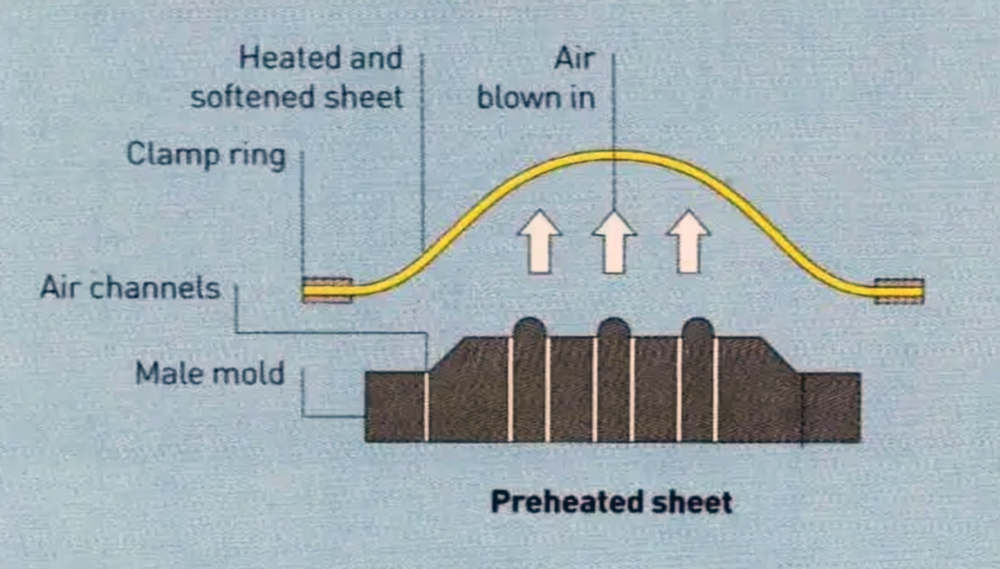
Specialize in Compression molds

Specialize in Compression molds
Compression molding is a common method of high-volume manufacturing, and it is common practice to preheat the material before placing it in the compression mold. This is because preheating softens the polymer and shortens the production cycle time. So what is compression molding preheating? What does preheating do? How many methods of preheating are there? Please read on.
Preheating is sometimes performed before compression molding of composite materials. The role played is firstly to increase the material temperature, and the heated material will be suitable for compression molding. The second is drying, i.e., removing moisture and other volatile materials from the material to avoid degradation of product quality caused by improper storage of raw materials.

There are various methods of preheating molded plastics, commonly used are hot plate heating, oven heating, infrared heating, and radio frequency heating, etc.
The hot plate is a metal plate that can be turned horizontally, it is often placed next to the hydraulic press and heated by electricity or steam to the plate. When preheating, the molded plastic is divided into several parts according to a certain quality and placed on the hot plate in successive batches and covered with a layer of cloth. The pre-press must be turned regularly to ensure even heating on both sides.
The oven is equipped with forced air circulation and a temperature control device, the temperature can be adjusted in the range of 40~230°. The preheated material is placed in the oven with a tray, and the preheating time and temperature are controlled as required. The thickness of the material layer is usually 2.5cm, and if the material layer is thicker, it should be continuously turned to ensure uniform preheating.
The equipment used is a box equipped with an infrared lamp, and the inner wall of the box is coated with white paint or chrome plating. The heat is generated by infrared light irradiation. When the infrared light irradiates the material, first of all, the surface of the radiation temperature rises, and then the heat is gradually transferred to the interior of the material by means of heat conduction. Infrared heating efficiency is high, but one should pay attention to controlling the power of infrared lamps, the number of lamps, irradiation distance height, and time, in order to prevent the material surface overheating caused by scorching.
Under the action of radio frequency electric field, the polar material molecules undergo orientation polarization (i.e. molecular movement with the external electric field direction change and constantly change), so that the strong friction between molecules, so that the material temperature rises. Since this heat is generated from the material itself, the molded plastic is heated more uniformly.
Compared with other heating methods, the efficiency of radio frequency heating is high, which can greatly shorten the preheating time, especially when molding thick products, the use of radio frequency heating is more favorable. However, due to the rapid heating, the moisture in the molded plastic is not easy to remove, and the drying effect is not good, so the electrical properties of the products are not as good as the oven preheating.
Because of the existence of reactive points on the molecules of thermosetting plastics, it is particularly sensitive to temperature. The time and temperature of preheating should depend on the specific species of plastic. At a given preheating temperature, the preheating time should be limited to obtain the maximum flow, too much time will reduce the flow.
MDC Mould always aims to produce compression molded products better and faster, and we will choose whether to use preheating as needed. In addition, any performance in our past compression molding solutions shows that MDC is capable of selecting the best preheat parameters for different types of molded plastics.
Contact US
Email: master@zjmdc.com
Tel: +86 576 84616076
Fax: +86 576 84616079
Mobile: +86 13906573507(Mr. Wang)
Address: No.116 mochuang road, Huangyan Xinqian street,Taizhou,Zhejiang,China